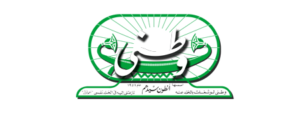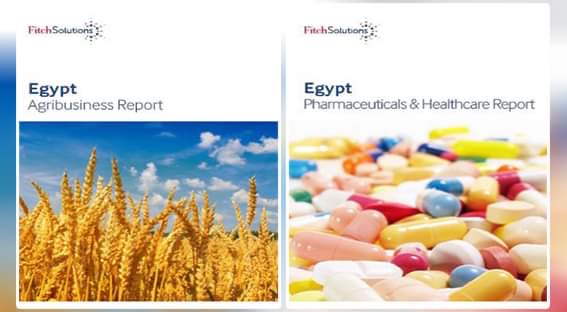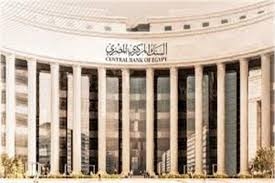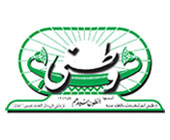From time immemorial, Egypt has been an agricultural country with an economy that thrived in the first place on agriculture. In modern times, however, and owing to a plethora of predicaments including explosive population growth that ate up large swaths of land and huge produce, the role of agriculture in economic growth has receded.
Today, however, Egypt’s agricultural sector appears set to again play a vital role in the country’s economy. On this score, the Egyptian Cabinet’s Information and Decision Support Centre (IDSC) has highlighted a recent report by Fitch Solutions, titled “Egypt Agribusiness Report”.

The IDSC, which was founded in 1985, is one of the distinguished think tanks in Egypt. Its main task is to support decision makers on economic, social and political issues. As for Fitch Solutions, it fuels better-informed credit risk and strategy decisions with reliable data, insightful research, and powerful analytics across global markets and macroeconomic environments.
Vital component
The Fitch Solutions report begins by pointing out that agriculture is a vital component of the Egyptian economy. “The government has increased its support for the development of the agricultural sector,” the report says, “by launching a number of campaigns and initiatives. Egypt’s agricultural exports exceeded 6.3 million tons in 2022, making a fresh record high, with an increase of more than 624,000 tons from 2021, according to a statement of Egyptian Ministry of Agriculture and Land Reclamation on 31 December 2022.

“In 2022, Egypt opened 16 new markets for its agricultural products to help raise exports. The rising cost of imported feed and the loss of Ukrainian corn have led to soaring beef and poultry prices. The agriculture sector of Egypt is one of the target sectors to attract more Foreign Direct Investment.
“The Egyptian government is taking steps to curb inflation, increase local production and exports, reduce reliance on imports, and bolster both foreign investment and foreign exchange reserves. The government is heavily subsidising the sector, offering fertiliser at less than half the market cost while maintaining a nationwide bread subsidy scheme.
“For now, we expect strong emphasis on domestic production with the government looking at alternative markets to source key commodities, and promoting localisation of manufacturing. Nevertheless, encouraging foreign investment would continue to be an important tool in Egypt’s efforts to promote growth.”
Extra land
The report stressed that a variety of agricultural investment opportunities exist in Egypt, major among which are land reclamation projects that include national projects such as the one-million-feddan New Delta (1 feddan is 4,200 square metres).

It also says that the Egyptian government is committed to support local agricultural production, and expects a rise in investment during 2022 / 2023. It hopes for 11 per cent growth as an extra 200,000 feddans of land are allocated to plant wheat, and an extra 220,000 feddans are allotted to oil seeds.
Biggest medicine producer in MENA
IDSC also cited another Fitch Solutions report which has said that Egypt continues to boost its international position as the biggest medicine producer in the Middle East and North Africa.

A brief of the report reads:
“The Egyptian government continues to press ahead with its ambitious goals for strengthening the local pharmaceutical industry and healthcare sector in Egypt. Although a lack of facilities means innovation and Research and Design are still limited, concerted efforts are being made to address this as part of efforts to shift the local industry towards patented pharmaceuticals. Additionally, the government has looked to both fast-track public health centre development through greater private sector investment and expedite the digitalisation in the pharmaceutical industry as part of the broader aim of achieving universal health coverage.”
Growth
According to IDSC, Fitch Solutions report says that Egypt managed to offer healthcare and medical treatment to more than 3 million people in 2022 at a cost of EGP15.5 billion.

Expenditure on drugs in Egypt, the report says, will increase from EGP59 billion in 2022 to EGP66 billion in 2023, and is predicted to reach EGP92.7 billion in 2027.
The IDSC said that Fitch also predicted a rise in the value of Egyptian patented drugs market from EGP32.6 billion in 2022 to EGP35.8 billion in 2023, to EGP46.5 billion in 2027.
The prescription drug sector is expected to represent 86.9 per cent of the Egyptian market in 2023, up from 85.3 per cent in 2022, making 88.4 per cent of the EGP144 billion sales of drugs in Egypt.
Export of Egyptian drugs will also rise in 2023, the report said.
On the long term, IDSC said, the Fitch report confirms that, at a value of EGP69.2 billion (USD3.6 billion) in 2022, the Egyptian pharmaceuticals and drugs market is among the largest in the Middle East and North Africa region.
Watani International
22 February 2023
















